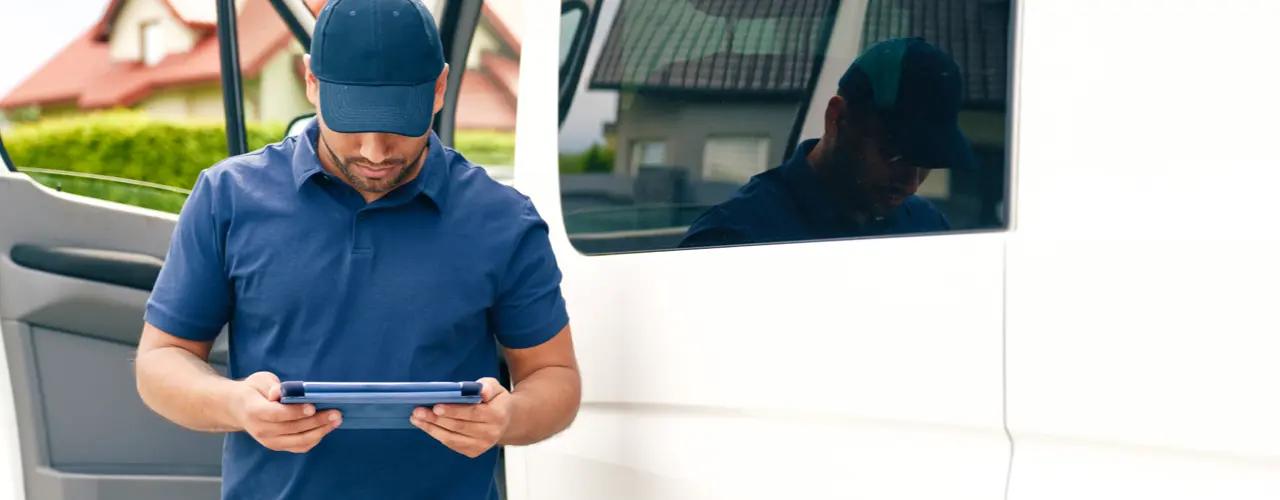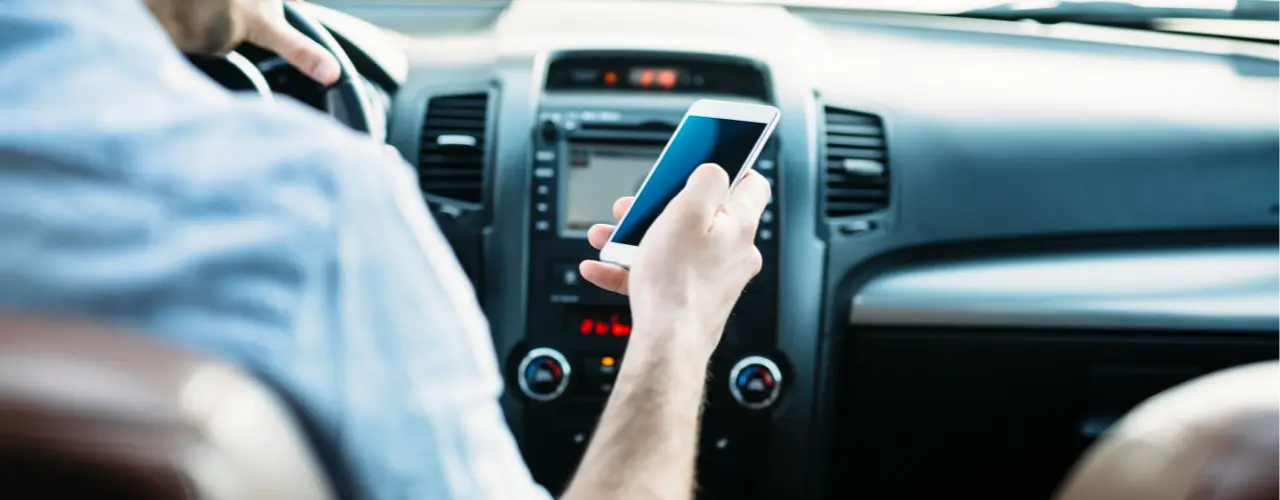
Keeping a logbook - the right way to do it!
1. Jul 2021 | By Tim Ruhoff
The term "logbook" has a negative connotation. Keeping a logbook is associated with control and a lot of maintenance. What really lies behind a logbook, what the requirements are and who should or must keep a logbook at all, will be discussed in the following.
Who must keep a logbook?
Every driver who has been given a company car for private use has a right of choice for the taxation of the non-cash benefit. On the one hand, there is the option of paying flat-rate tax on the company car according to the 1% method or keeping a logbook. Which method is the more cost-effective in each case depends on many factors and can be determined individually for each driver using a company car calculator. However, there are also special cases in which drivers are obliged to keep a logbook. This is the case if an administrative offence has been committed in road traffic and the owner of the vehicle is unable to name the driver who committed the offence.


Keeping logbooks correctly
Keeping a logbook by hand involves a certain amount of effort. There are logbook rules that must be observed in order for the logbook to be recognised by the tax office. What needs to be observed with regard to the individual rules is presented below.


I. Timely collection of data
The journeys should be recorded immediately or at the latest at the end of the day. In this way it can be ensured that journeys are not forgotten or tampered with.
II. Complete record
The tax office checks whether the logbook is complete. In order to be recognised as a business trip, business trips must include the date, the destination, the reason for the trip and, for example, the name of the customer in the case of a customer visit. In addition, the mileage at the beginning and end of the trip must be documented. If there are gaps in the logbook, it will not be recognised by the tax office and the 1% method will be used to calculate the imputed income. This also applies if, for example, there are discrepancies in the mileage. Therefore, you should actively explain to the tax office if, for example, the vehicle has not been used for a long time.
III. Private journeys
The documentation of a private trip is much simpler. No information about the reason for the trip or the destination has to be given. Only the date and the mileage have to be recorded. This type of documentation is also sufficient if trips from the place of residence to the place of work are made with the company car. In this case, it is sufficient to make a note in the driver's logbook that it is the way to work. In the driver's logbook, work-related and privately-related trips must be precisely separated. If, for example, a work-related trip is interrupted for private reasons, this must be clearly stated in the driver's logbook.
IV. Bound logbook
The tax office will only accept the logbook if it is bound. Loose collections of sheets as well as torn out or added pages in a logbook will result in it not being accepted. This is to ensure that it is tamper-proof.


V. Tamper resistance
The logbook must not be manipulated. it must be possible to rule out subsequent changes. if changes are made, they must be clearly marked as such. this means that the previous incorrect entry must still be legible and the correction made accordingly below it. in this way, it remains objectively comprehensible to a third party what has been changed. filling out a logbook requires great care. even minor errors can lead to the logbook not being recognised by the tax office. it is therefore advisable to look at a sample logbook in advance so that it can then be filled out correctly. the tax advisor can also advise on how to fill out the logbook correctly. it is important that the book is filled out in a document-proof manner. entries may therefore only be made with a document-proof pen or ballpoint pen. entries made with a fountain pen or pencil could be redone in retrospect.
VI. Abbreviations
Filling out the driver's logbook is an unpleasant task. When it comes to complicated names or the documentation of long street names, the writing quickly becomes a scribble. However, the Federal Fiscal Court has stipulated in several rulings that the correctness and completeness of the driver's logbook must be objectively verifiable at all times. This means that the abbreviation of frequently recurring names is only possible if the abbreviations are understandable or are best explained on an explanatory sheet.


VI. Detours
Caution is advised when detours are driven. If the actual number of kilometres driven deviates significantly from the shortest route, the tax office will assume that it was a private trip. Therefore, the reason for the detour should be documented in the logbook. The tax courts define a route as a detour that deviates by more than 24 percent from the shortest route.
The electronic logbook
Due to the amount of paper and time involved in manually kept logbooks, many companies are switching to an electronic logbook. an electronic logbook does not mean that the journeys are listed in a word or excel document. this would be contrary to tamper-proofing, as changes cannot be traced. special fleet software should therefore be used. the software records the distance travelled via GPS in conjunction with an app. the driver then only has to make the assignment as to whether it is a private or business-related journey. the 7-day rule for electronic logbooks applies. this means that journeys that have been automatically recorded can only be categorised or changed within seven days. this means that customer names or the assignment as a private or business-related journey may only be made within this period.
Conclusion
Keeping a logbook is not witchcraft. The important thing is to document the journeys in a tamper-proof way so that only the private journeys have to be taxed. An electronic logbook can be a valuable aid compared to the manual method, as the journeys are then recorded automatically and only have to be assigned as a business or private journey. The software programs also help to ensure that the documentation is legally compliant so that there are no nasty surprises later with the tax office.